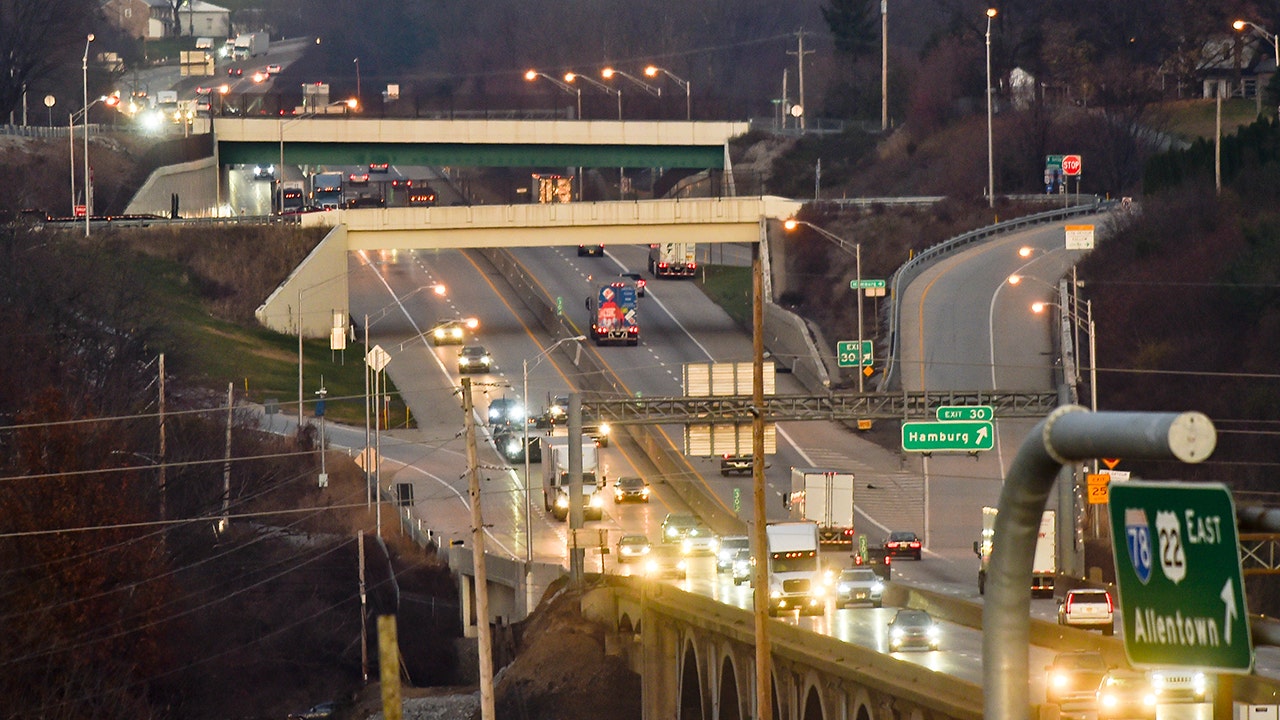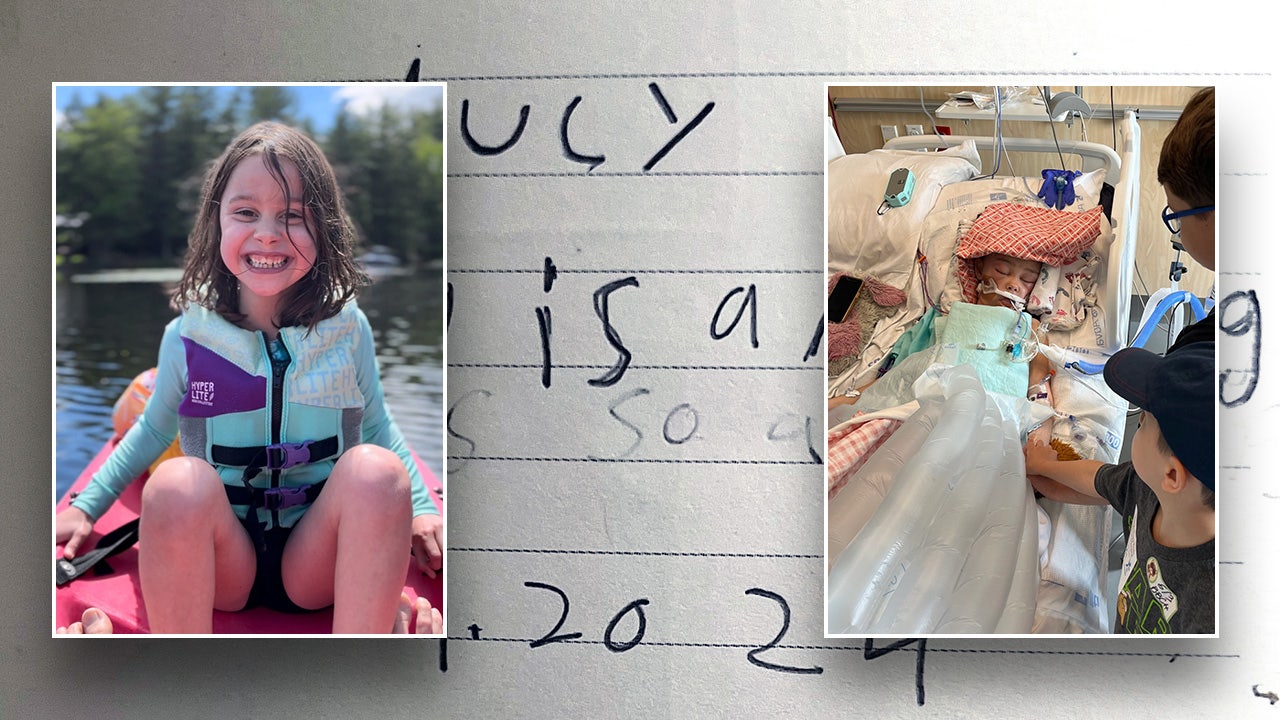In Gander, Newfoundland, where the airport was a crossroads of the world until airliners no longer needed to refuel on trans-Atlantic flights, one of the last stops for totality of the eclipse brought a small influx of outsiders.
For much of Monday, the chances of seeing anything seemed bleak; Newfoundland is known for its stormy weather.
“This time of year we knew was about a one in 10 chance of having clear skies,” said Hilding Neilson, an assistant professor of physics at Memorial University of Newfoundland and an organizer of a viewing event in a parking lot at the College of the North Atlantic where a crowd of several hundred braved a windy day with near freezing temperatures.
“But you roll the dice and hope for the best,” he added.
Conveniently, the clouds parted just as the partial eclipse was underway and largely remained out of the way. But as totality came, so did a heavy dark cloud, and it remained for the roughly three-minute period.
People still found community beneath the cloudiness.
Michael Mendenhall, a nuclear physicist at the Lawrence Livermore National Laboratory in California, traveled from Maryland, where he works remotely, to Newfoundland. He had brought along a customized telescope — affixed with a homemade viewing screen fashioned out of some clamps, tape, a square of synthetic fabric and an automotive oil funnel. It made him something of a celebrity at his viewing site.
Others at the gathering included a busload of 55 people who made the three-and-a-half hour trip from St. John’s, the provincial capital, in an outing organized by the local science center.
They included Mehrin Naz, a graduate student in business administration, who has become an amateur astronomer since moving to Canada five years ago from Bangladesh and discovering Newfoundland’s dark skies.
Back home she had been rarely able to even see the moon. She traveled to Gander with two friends, Arun Kumar and Rafisa Mahroz, who are also immigrants from Bangladesh.
“I forced them to come here,” Ms. Naz said, adding that she had also educated other members of her community about the eclipse.
Earlier on the eclipse’s path in Quebec, sharing with others was also on the mind of viewers in Montreal.
Members of Atelier St-James, a nonprofit that provides support for people who are experiencing homelessness in Montreal, shared eclipse glasses alongside free meals ahead of Monday’s cosmic event.
Tristan Arsenault, co-director of the center, has been preparing for the event for weeks, “Everybody in Montreal is participating,” they said. “I don’t want somebody to miss out on it just because they don’t know where to locate glasses or they don’t have access to the internet.”
At Beaver Lake on Mount Royal in the city, David Stevenson waited for totality with his children, Adrien, 10, and Iris, 14. Schools across Montreal are all closed on Monday to let children experience the event with their families.
“I want to be an astronaut,” Adrien says, aiming a pink instant camera at the very last sliver of sun.
“We just did a school project about extraterrestrial life,” he added. “People think they know what aliens should look like, but they don’t.”






